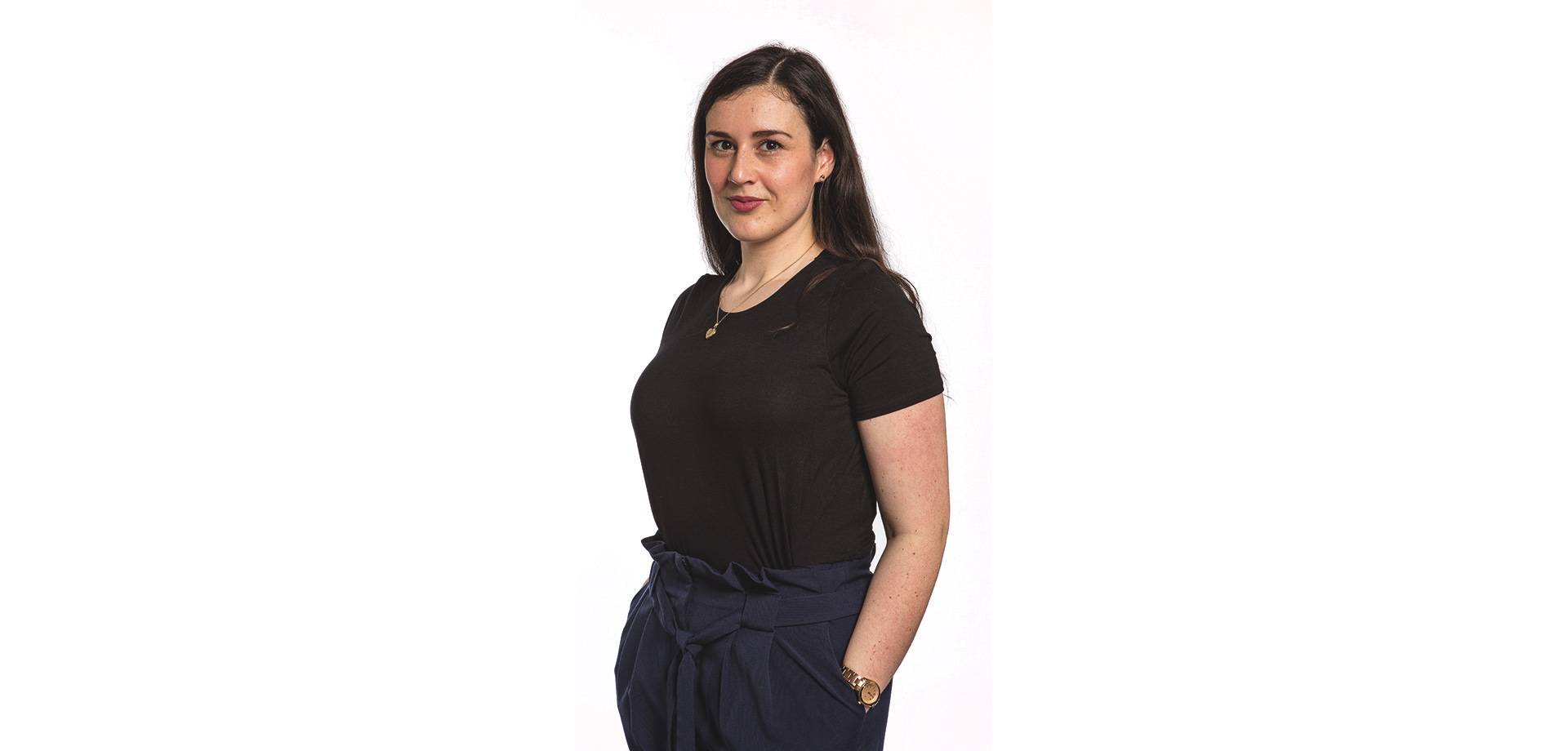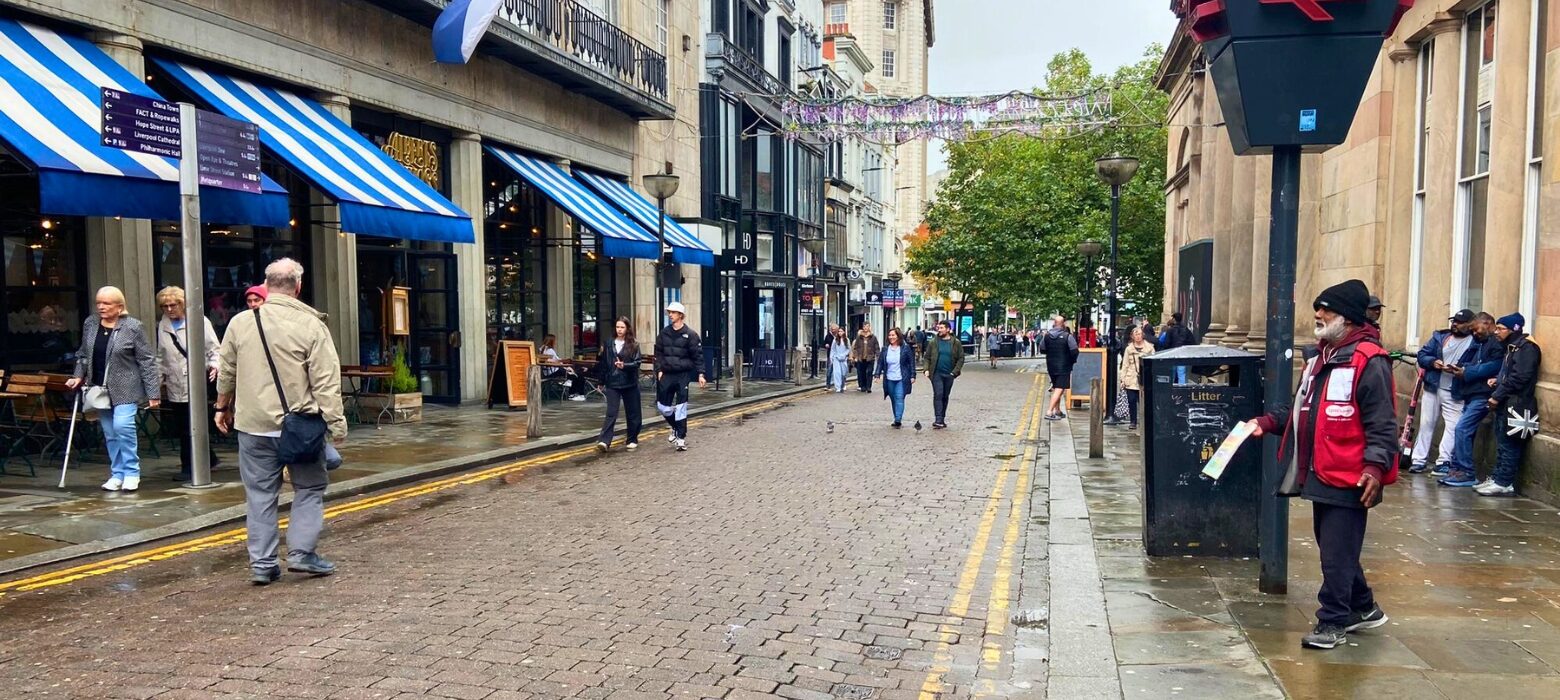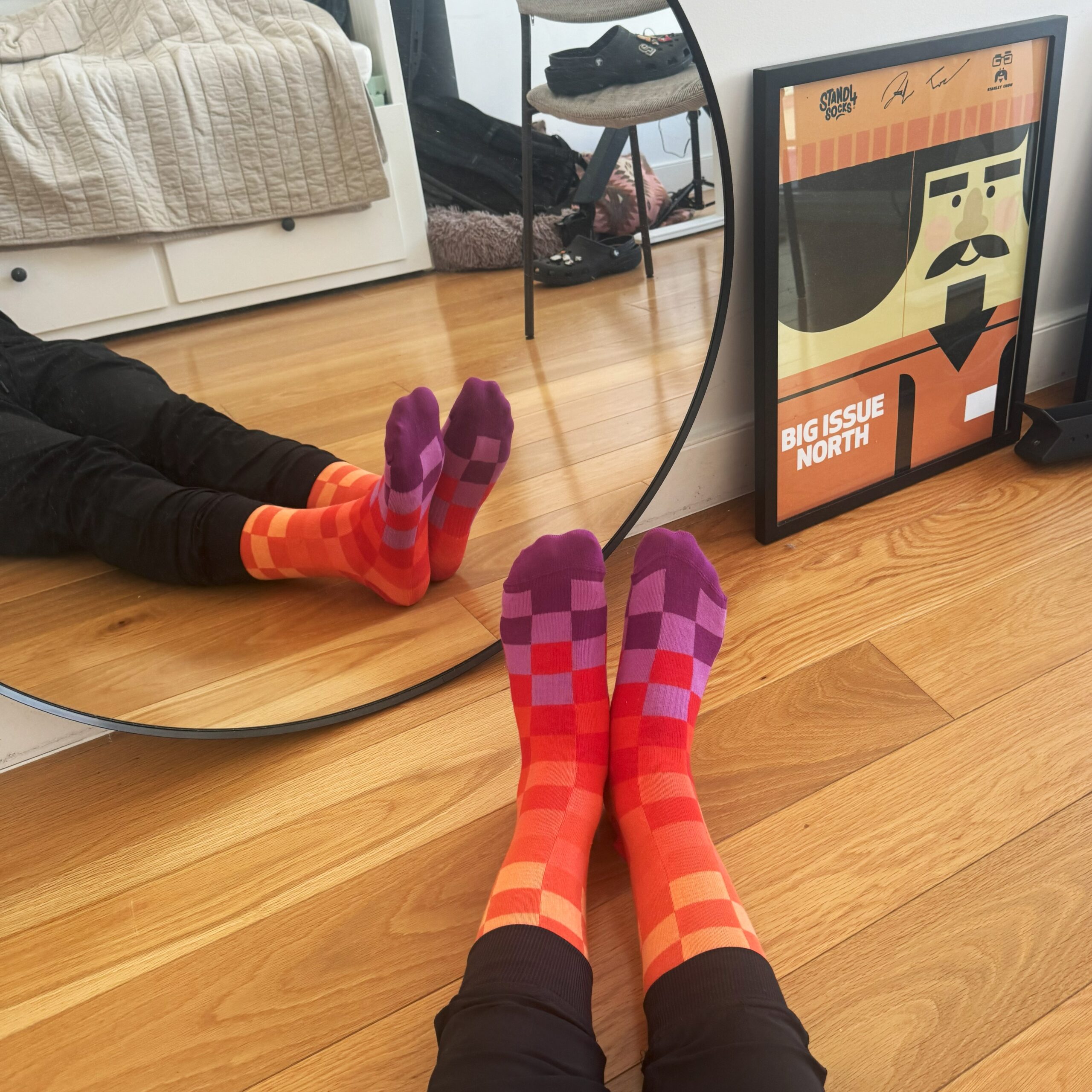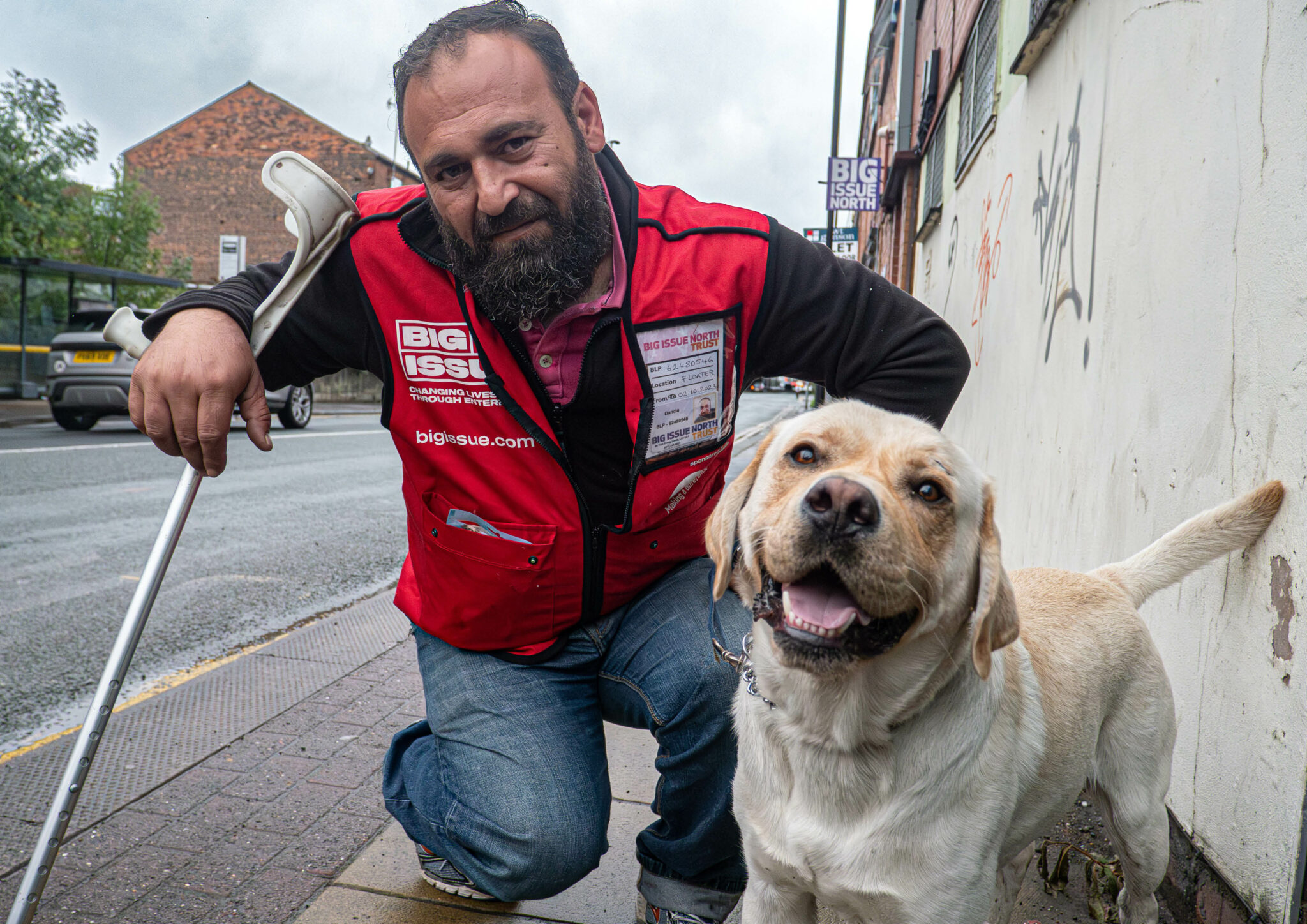The axing of Jeremy Kyle feels like a watershed moment not only in entertainment but in how society owns up to its failings. In the same way we look back on the Romans’ penchant for watching slaves fight wild beasts with horror, perhaps future generations will show disdain for the way one million people a day tuned in to watch vulnerable people having their lives picked apart in a TV studio.
The Jeremy Kyle Show is the product of a time when people from disadvantaged backgrounds have been demonised, when those who claim benefits have been made a scapegoat for cruel austerity policies, a time when poor people are blamed for everything that’s wrong with society. Its time is now up.
There are so many reasons why Jeremy Kyle should have been given his marching orders a long time ago. Mainly because poverty is sad. Children growing up confused about who their parents are is sad. Adults finding out that the children they love are not their biological offspring is sad. Relationship breakdowns can be life-changing. These are not situations that should be played out in living rooms across the country while viewers eat their cornflakes. These are real people’s lives, which can be hard and messy and complicated.
Good riddance to a show that has preyed on vulnerable people who have suffered from addictions, mental health problems and chaotic backgrounds for commercial gain. But if there’s one question that still remains after ITV’s decision to axe its most popular daytime show, it’s this: what about Love Island?
Two Love Island contestants have taken their own lives after appearing on the show. First it was Sophie Gradon, who had mental health problems before she applied to go on Love Island in 2016. Two months before her death in June last year, Gradon spoke at a cyber-bullying conference about how she “descended into a dark place” after trolls targeted her online.
Less than a year later former contestant Mike Thalassitis, who appeared on the show in 2017, took his own life. ITV announced it would review its training and aftercare approach, yet suspending or axing the show does not appear to be on the horizon. It should be.
In the same way the Jeremy Kyle Show has caused a ripple effect, demonising people for claiming benefits and therefore legitimising cuts to the welfare state, and becoming a cultural reference point for viewers the show portrayed as a feral underclass, the impact of Love Island stretches far beyond the contestants.
The show catapults normal people into the public eye and their looks become their currency. Contestants spend the majority of their time in swimwear during filming – their bodies are presented as public property. As a result young people who watch the show stare in the mirror and see themselves as inadequate. Their talents and personalities become secondary when the newly famous people they are admiring on TV are given celebrity status because of their looks alone.
Love Island has culminated in two tragic deaths in less than 12 months, and as the show prepares to air its fifth series, now is the time to ask – what is the damage the show is inflicting, not only on its contestants but on those who are watching?







Leave a reply
Your email address will not be published.